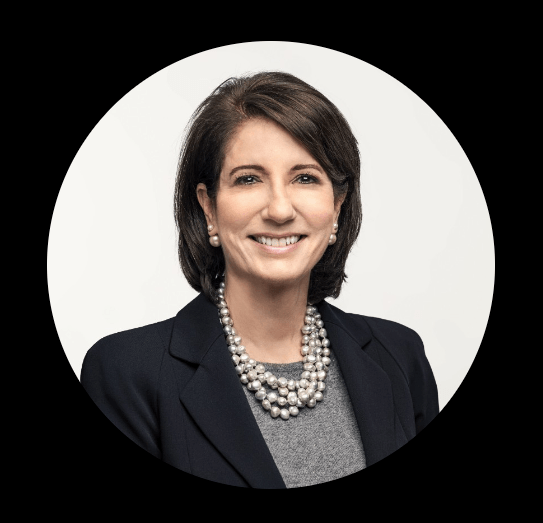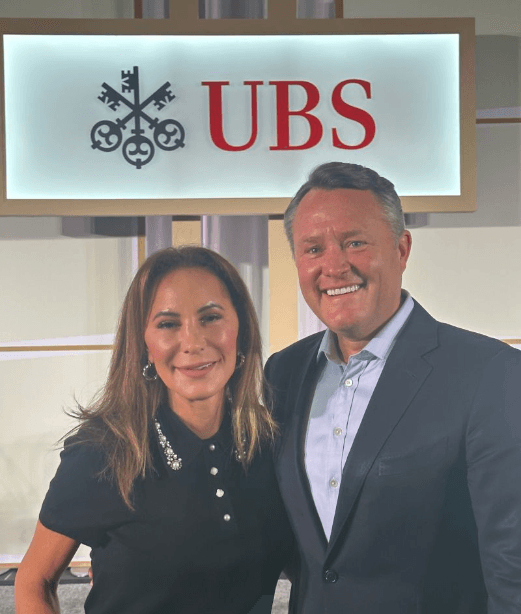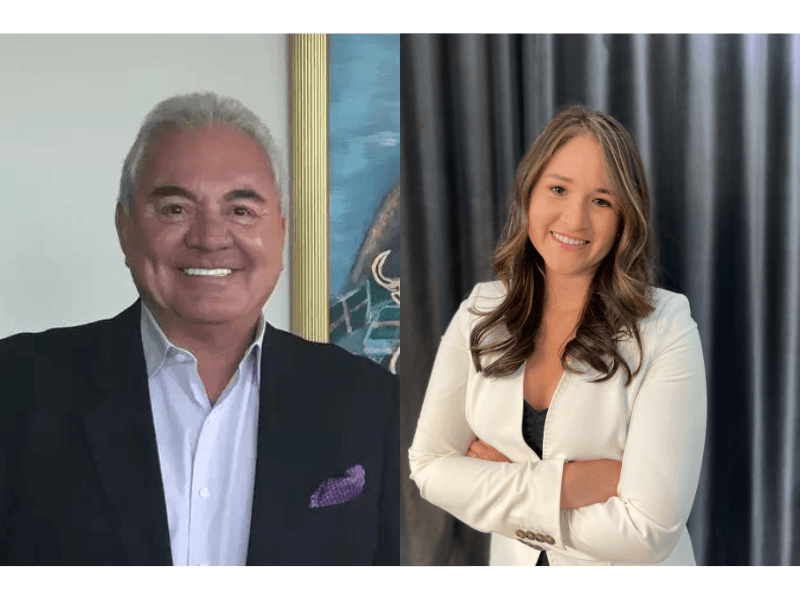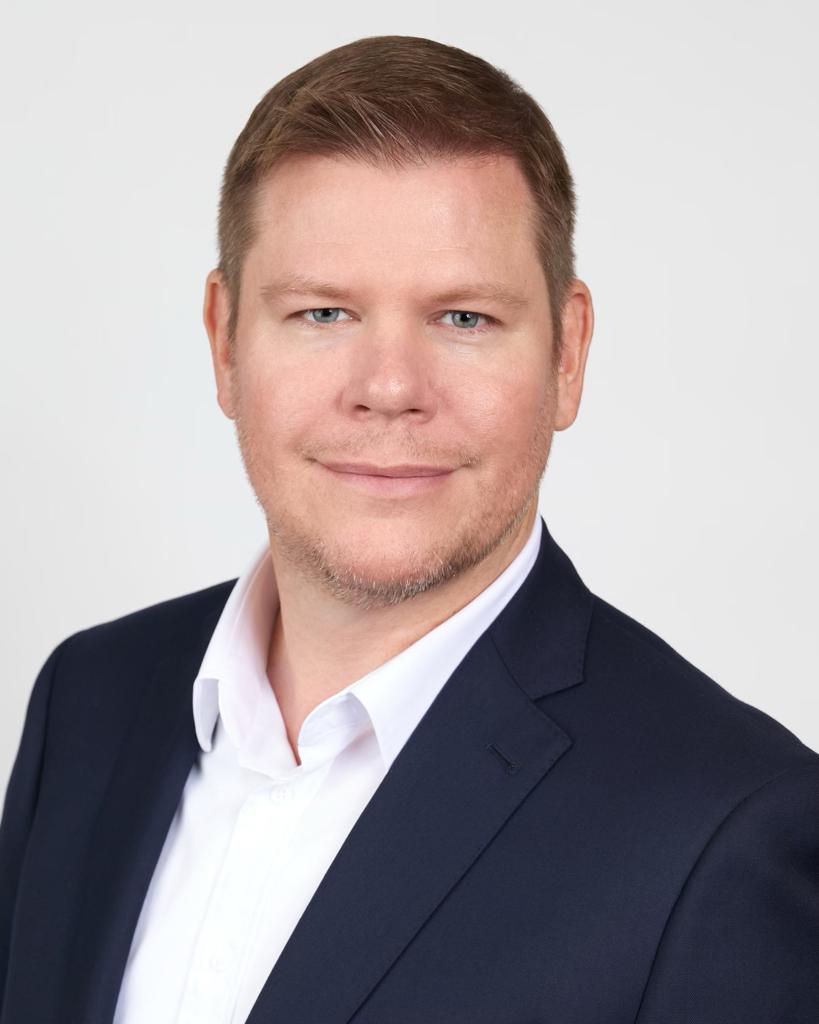Julius Baer announces changes to Executive Board
| By Marcelo Soba | 0 Comentarios

As of the beginning of 2024, Julius Baer Group complements its leadership team through a number of in-house promotions and select new hires.
The changes in regional structure will create maximum proximity to clients and their needs, thereby accelerating the growth of the Group’s franchise. The newly created division Client Strategy & Experience will set global standards in client service, providing support, segment management, marketing, and front risk management for all Regions. With the representation of Human Resources in the Executive Board, the updated leadership structure further reflects the central role of people and culture in Julius Baer’s strategy of focus, scale and innovate.
Commenting on the changes, CEO Philipp Rickenbacher said: “Creating value for our clients and stakeholders is at the heart of our purpose – it is the key to our success. Our organisational structure and freshly composed leadership team, with its blend of in-house and new talent, will create the momentum and continuity needed to achieve our targets. It is also the optimal structure to fuel Julius Baer’s ability to capitalise on the growth opportunities in the wealth management industry.”
Further changes effective 2024
Yves Robert-Charrue decided to leave the Group at the beginning of 2024 and will therefore step down from the Executive Board. Philipp Rickenbacher said: “The unrivalled position that Julius Baer enjoys today in Switzerland, Europe, and the Middle East is an outstanding achievement of Yves Robert-Charrue and his teams. A highly esteemed and valued colleague since 2009, I would like to thank Yves for his leadership and loyalty and wish him the very best for his professional and personal future.”
Beatriz Sanchez will also step down from the Executive Board, reflecting her wish to relinquish operational responsibilities, and assume the strategic role of Chair of Americas at Julius Baer as of January 2024. Philipp Rickenbacher said: “Betty Sanchez has been invaluable in re-structuring the Americas business and positioning it for renewed growth. I am immensely grateful for her great contribution and delighted that she will continue to work with us in her new role.”
Background on new Executive Board members, with designated roles
Sonia Gössi, Switzerland & Europe, will join Julius Baer on 1 January 2024 from UBS, where she was Sector Head Wealth Management Europe International North. She started her career in audit and business consulting and joined UBS in 2004, where she held senior client-facing roles in wealth management as well as various risk control and risk management positions.
Carlos Recoder Miralles, Americas & Iberia, today Head Western, Northern Europe & Luxembourg at Julius Baer, joined the Group in 2016 from Credit Suisse, where he started his career in private banking in 1997 and last held the role as Head Private Banking Western Europe.
Rahul Malhotra, Emerging Markets, is currently responsible for Julius Baer’s Global India franchise (onshore and non-resident), Japan, and Asian clients served out of Switzerland and Japan. He joined from J.P. Morgan in 2021. Rahul will be based primarily in Dubai, recognising the financial hub’s central role for these growth markets.
Thomas Frauenlob, Intermediaries & Family Offices, will join on 1 April 2024 from UBS. He is currently the Head of UBS’s Global Financial Intermediaries Business and was previously in charge of their Swiss Global Family Office and Ultra High Net-Worth franchise. He started at UBS in 2010 as Head Equities Switzerland, following roles in the institutional business of Deutsche Bank and Goldman Sachs.
Sandra Niethen, Client Strategy & Experience, is currently Chief of Staff and Head of Strategy at Julius Baer, a role she has held since 2020. Her financial services career of over 20 years spans a number of senior positions in private wealth and asset management, in international client-facing, strategy development, and sales management roles at Deutsche Bank and DWS.
Guido Ruoss, Chief Human Resources Officer & Corporate Affairs, has been Global Head Human Resources at Julius Baer since 2015. Previously he was responsible for business and product management in the Bank’s Investment Solutions division. He joined Julius Baer in 2008, after several years in the asset management and alternative investment industry.
Christoph Hiestand, Group General Counsel, has been with Julius Baer since 2001 and has held the role of Group General Counsel since 2009. Before joining the Bank, he worked as an attorney-at-law in law firms in Germany and Switzerland.









